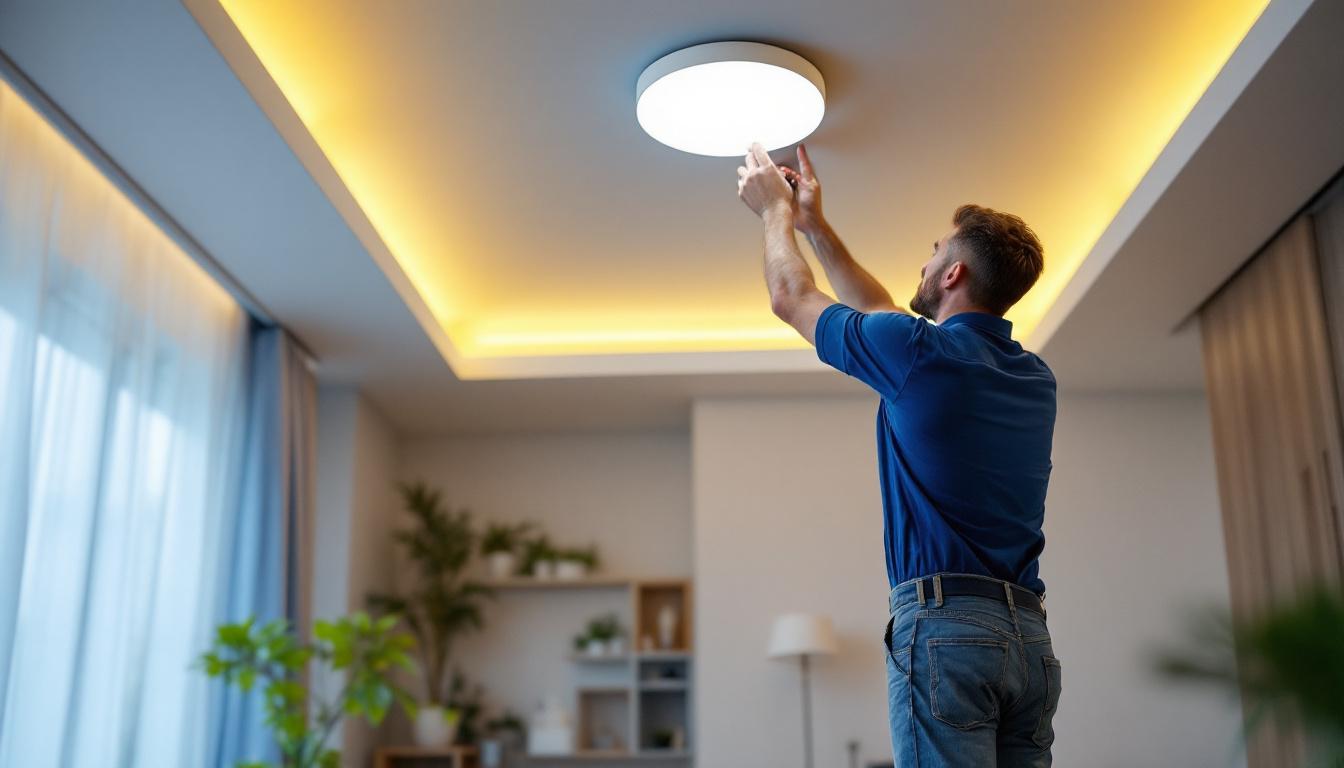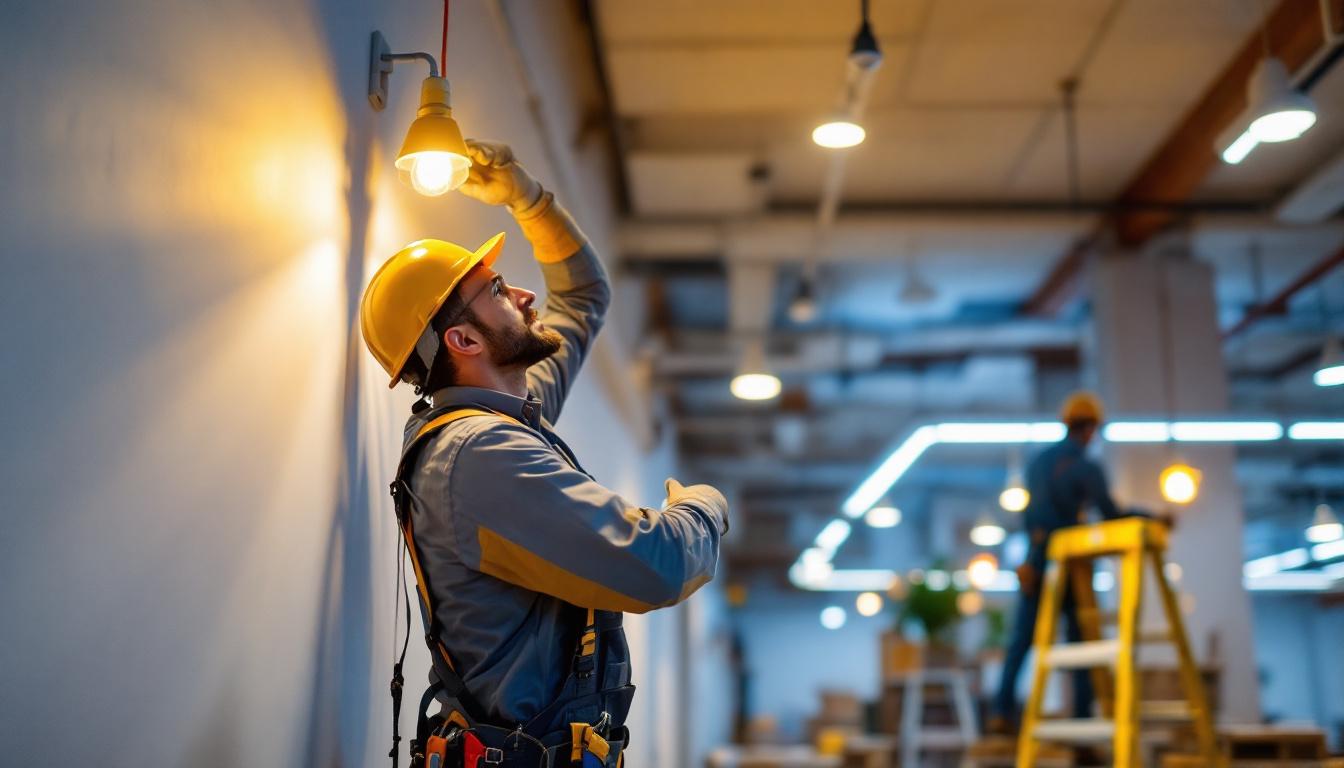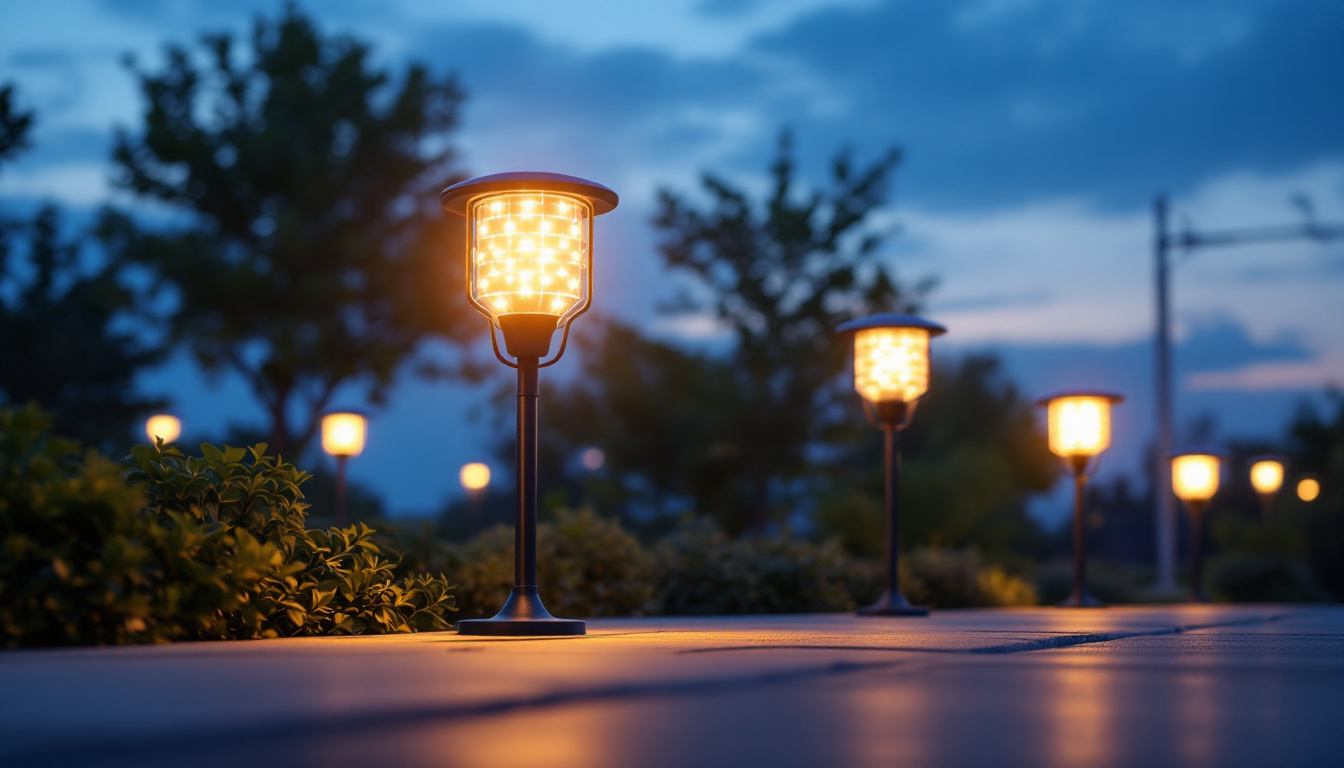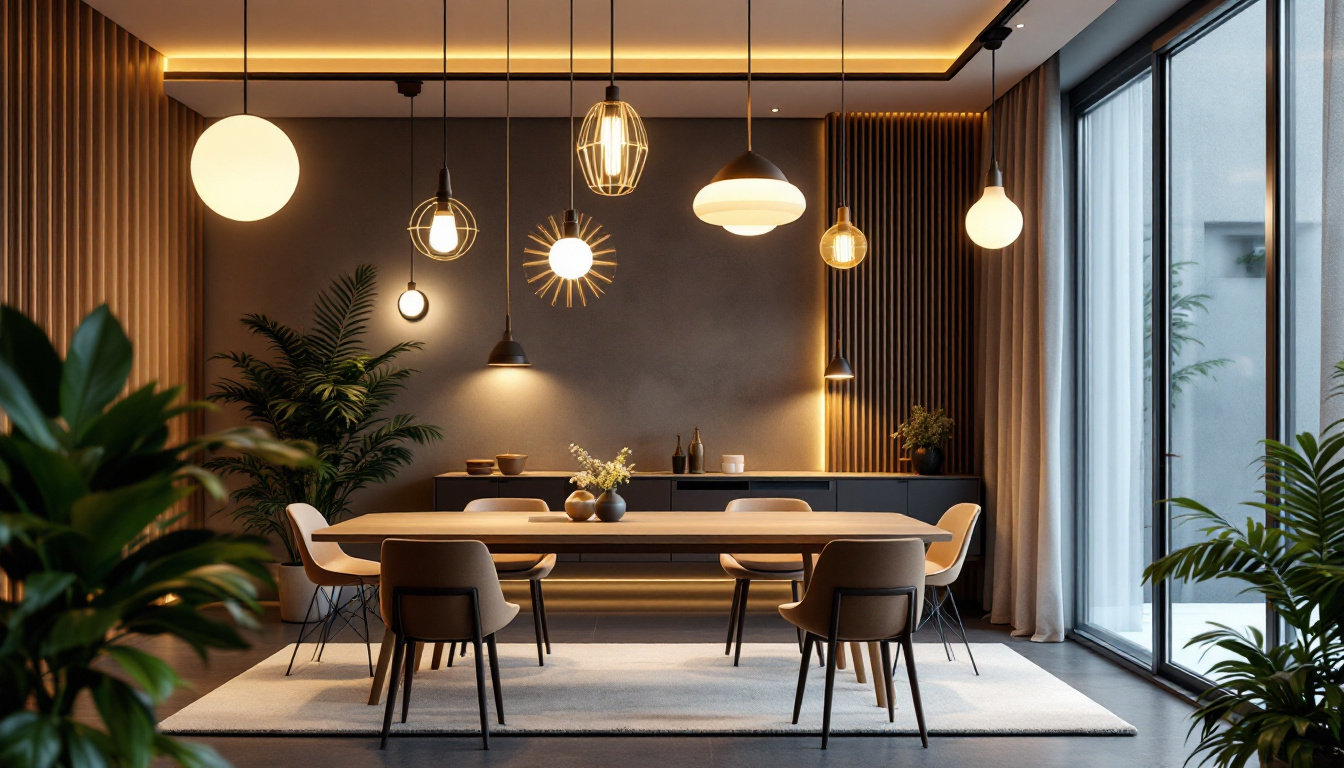
As the demand for innovative lighting solutions continues to grow, lighting contractors play a crucial role in ensuring that projects are completed efficiently and effectively. Whether working on residential, commercial, or industrial lighting, having a comprehensive checklist can streamline the process and enhance the quality of work delivered. This article provides an ultimate lighting contractor checklist that covers essential aspects of lighting installation, maintenance, and safety.
Before embarking on any lighting project, it is vital to thoroughly understand the project requirements. This involves engaging with clients to determine their specific needs and preferences. A clear understanding of the project scope will not only guide the selection of materials but also influence the overall design and implementation strategies.
Initiating a detailed consultation with the client is the first step in gathering essential information. During this meeting, contractors should discuss the intended use of the space, desired ambiance, and any specific lighting styles the client prefers. This dialogue can uncover critical insights that will inform the entire project.
Additionally, it’s essential to ask about budget constraints and timelines. Understanding these factors early on can help in proposing feasible solutions that align with the client’s expectations. Furthermore, discussing the potential for future expansion or changes in the space can provide valuable foresight, allowing for a more flexible lighting design that can adapt over time.
A thorough site assessment is crucial for identifying potential challenges and opportunities. Contractors should evaluate the existing electrical infrastructure, assess natural light sources, and consider the architectural features of the space. This assessment will inform decisions regarding fixture placement, types of lighting needed, and any necessary upgrades to the electrical system.
During the site visit, taking detailed notes and photographs can be beneficial for reference later on. This documentation can also serve as a valuable tool when presenting proposals to the client. Moreover, it is important to engage with the site’s occupants, if applicable, to gather insights on their experiences with the current lighting setup. Their feedback can highlight specific areas of concern or preference that may not have been initially considered, ensuring that the final design meets the practical needs of those who will use the space daily.
Once the project requirements are clear, the next step is to design a lighting plan that meets those needs. This involves selecting the appropriate types of fixtures, determining their placement, and creating a cohesive design that enhances the overall aesthetic of the space.
The selection of lighting fixtures is a crucial aspect of the design process. Contractors should consider various types of fixtures, including recessed lights, pendant lights, wall sconces, and track lighting. Each type of fixture serves different purposes and can dramatically affect the ambiance of a space. For instance, pendant lights can serve as focal points in dining areas or kitchens, while wall sconces can add warmth and depth to hallways or living rooms.
Energy efficiency is another important factor to consider. LED fixtures, for instance, have become increasingly popular due to their longevity and lower energy consumption. Contractors should stay informed about the latest advancements in lighting technology to offer clients the best options available. Additionally, smart lighting systems are gaining traction, allowing users to control brightness and color temperature via mobile apps or voice commands, further enhancing the user experience and energy savings.
Creating an effective lighting layout involves strategically placing fixtures to achieve the desired illumination levels. This requires an understanding of lighting principles, such as layering light, which combines ambient, task, and accent lighting to create a well-balanced environment. For example, in a home office, ambient lighting can provide overall illumination, task lighting can focus on the desk area, and accent lighting can highlight artwork or architectural features.
Utilizing design software can aid in visualizing the layout and making adjustments before installation. Presenting clients with a visual representation of the proposed lighting plan can also help in gaining their approval and ensuring alignment with their vision. Furthermore, considering the natural light available in the space during different times of the day can influence the lighting design, ensuring that the artificial lighting complements and enhances the natural light rather than competing with it. This holistic approach not only improves functionality but also contributes to the overall comfort and mood of the environment.
Adhering to local building codes and safety standards is paramount in any lighting project. Contractors must ensure that all installations comply with regulations to guarantee the safety of the occupants and the integrity of the structure. Compliance not only protects the users but also enhances the overall quality and reliability of the lighting systems installed.
Each jurisdiction has its own set of building codes and regulations regarding electrical installations. Contractors should familiarize themselves with these codes to avoid potential legal issues and ensure a smooth inspection process. Ignoring these regulations can lead to costly fines and rework, which can significantly delay project timelines.
Consulting with local authorities or electrical inspectors can provide valuable insights and help clarify any ambiguous regulations. Staying updated on changes to these codes is also essential for maintaining compliance. Many jurisdictions offer resources online, including workshops and training sessions, which can be beneficial for contractors looking to deepen their understanding of local requirements. Engaging with professional organizations can also provide networking opportunities to share knowledge and best practices among peers.
Electrical safety should be a top priority during installation. Contractors must follow best practices for safe wiring, grounding, and circuit protection. This includes using appropriate materials and tools, as well as implementing safety measures such as circuit breakers and surge protectors. Proper labeling of circuits and ensuring that all electrical components are accessible for maintenance are also critical steps in ensuring long-term safety.
Additionally, educating clients about the importance of regular maintenance and inspections can prevent potential hazards and prolong the lifespan of the lighting system. Regular checks can identify wear and tear before they lead to failures, ensuring that the lighting remains efficient and safe. Encouraging clients to keep a log of maintenance activities can also help track the performance and reliability of the system over time, fostering a proactive approach to electrical safety that benefits everyone involved.
The installation phase is where the planning and design come to life. A well-organized installation process can lead to efficient project completion and satisfied clients. Proper preparation and execution are key to achieving high-quality results.
Before commencing installation, it is essential to gather all necessary materials and tools. This includes lighting fixtures, wiring, switches, and any other components required for the project. Having everything on hand can minimize delays and ensure a smooth workflow.
Additionally, coordinating with other tradespeople involved in the project, such as electricians and general contractors, can enhance collaboration and efficiency. Establishing a clear timeline and communication plan will help keep everyone on the same page.
Utilizing proper installation techniques is crucial for ensuring the longevity and functionality of the lighting system. Contractors should follow manufacturer instructions closely and adhere to best practices for wiring and fixture mounting.
Testing fixtures before finalizing the installation is also recommended. This allows for any necessary adjustments to be made and ensures that all components are functioning correctly before the project is completed.
Once the installation is complete, conducting a thorough evaluation is essential. This step helps identify any issues that may need addressing and ensures that the lighting system meets the client’s expectations.
Scheduling a walkthrough with the client allows for immediate feedback and the opportunity to address any concerns. During this walkthrough, contractors should demonstrate how to operate the lighting system, including any smart features or controls.
Encouraging clients to provide feedback during this stage can strengthen the contractor-client relationship and foster trust. It also provides an opportunity to discuss maintenance tips and future upgrades that may enhance the lighting experience.
Providing clients with documentation of the installation, including warranties and maintenance guidelines, is an important final step. This not only demonstrates professionalism but also ensures that clients have the information they need for future reference.
Warranties on fixtures and installation services can also reassure clients of the quality of work performed. Clear documentation can help facilitate any necessary warranty claims in the future.
After the project is completed, ongoing maintenance and support are crucial for ensuring the longevity and performance of the lighting system. Contractors should establish a maintenance plan and offer support to clients as needed.
Encouraging clients to schedule regular maintenance checks can prevent issues from arising and extend the lifespan of the lighting system. These checks may include inspecting fixtures, replacing bulbs, and ensuring that all components are functioning correctly.
Offering maintenance contracts can be a valuable service that provides clients with peace of mind. This proactive approach can also lead to repeat business and referrals.
As technology continues to evolve, new lighting solutions and innovations emerge regularly. Contractors should stay informed about the latest trends and advancements in the industry to provide clients with options for upgrades.
Discussing potential upgrades with clients during maintenance visits can open the door for additional projects and enhance the overall lighting experience. This ongoing relationship can solidify the contractor’s reputation as a trusted expert in the field.
In the ever-evolving world of lighting, having a comprehensive checklist is essential for lighting contractors. From understanding project requirements to ensuring compliance with safety standards and providing ongoing support, each step plays a vital role in delivering exceptional service.
By following the ultimate lighting contractor checklist outlined in this article, contractors can enhance their efficiency, improve client satisfaction, and ultimately elevate their business. As the industry continues to grow, staying organized and informed will be key to success in the competitive landscape of lighting contracting.
Ready to take your lighting projects to the next level? At LumenWholesale, we provide lighting contractors like you with the highest quality, spec-grade lighting products at prices that can’t be beaten. Say goodbye to local distributor markups and hello to a vast selection of reliable, high-performance lighting that meets the strictest industry standards. With free shipping on bulk orders, you can stock up on premium lighting solutions without worrying about hidden fees or compromises. Elevate your business with the perfect blend of quality, affordability, and convenience. Discover wholesale lighting at the best value and make every project shine with LumenWholesale.

Discover how to remodel recessed lighting with LED in just 5 minutes—boost energy efficiency, save costs, and enhance your projects.

Discover how Verlana is revolutionizing the lighting industry for contractors.

Discover why solar panel lights are revolutionizing outdoor lighting projects and becoming essential for every lighting contractor.

Discover how to future-proof your lighting projects with the latest in light connector technology.